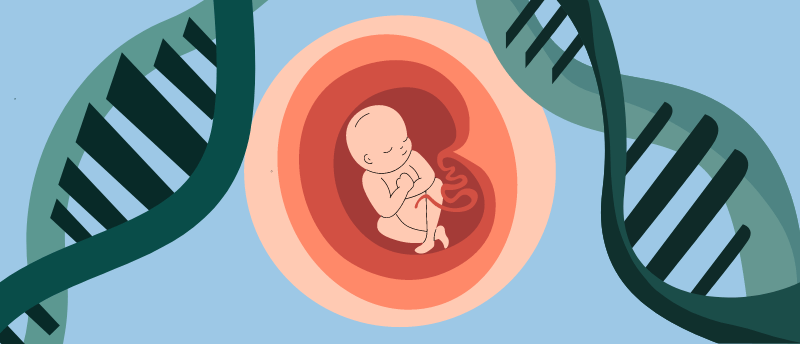Angelman syndrome: novel in utero therapeutic candidate promotes less invasive amniotic delivery

A recent mouse model study reveals that a novel in utero treatment for Angelman syndrome delivered through amniotic fluid is as effective as delivery via cerebrospinal fluid.
Research led by researchers at the University of California, San Francisco (UCSF; CA, USA), have recently utilized a mouse model to demonstrate a novel approach to treat the genetic disorder Angelman syndrome (AS) before birth. This discovery unveils new opportunities for less invasive in utero treatment of serious genetic disorders and gives hope for a potentially curative treatment of the condition in the future.
AS is a rare neuro-genetic disorder characterized by delayed development, problems with speech and balance, intellectual disability, and seizures. The condition results from disruption of the maternal allele of the gene UBE3A as expression of the paternal allele is inactivated by the UBE3A antisense transcript. As it is an early-onset disorder, developmental delays will begin as early as 6 and 12 months of age.
Current treatments focus on the management of symptoms, using treatments such as anti-seizure medication and physical therapy, without addressing the root cause of the disease.
One gene therapy approach that has been demonstrated to be safe and effective in other similar indications is antisense oligonucleotides (ASOs). ASOs can treat various conditions by regulating gene expression through RNA interactions. Tippi MacKenzie (UCSF), senior author of the study, comments “ASOs are currently given to children with diseases affecting the nervous system. However, children who have a severe version of a genetic condition may have irreversible damage by the time they are born that cannot be addressed after birth.”
 Placenta-on-a-chip could revolutionize research into pregnancy-related conditions
Placenta-on-a-chip could revolutionize research into pregnancy-related conditions
A placenta-on-a-chip that mimics the workings of the placenta has been developed, allowing further research into the organ without posing harm to the mother or fetus.
Previous research has shown that AS can be diagnosed in utero and that expression of the mutated section of the gene that leads to the disease can also be interfered with prenatally. Identifying the opportunity that these two factors expose, the team set out to create a prenatal therapy for the condition. A prenatal approach could help prevent the onset of irreversible organ damage and enable access to neurons during a period when the blood-brain barrier is more permeable.
In this most recent study, the team performed in utero intracerebroventricular injections of an ASO designed to inhibit the UBE3A antisense transcript and increase the expression of the healthy paternal alleles in mice. The mouse models were engineered to express a protein product of murine Ube3a conjugated to yellow fluorescent protein, which acted as a readout for the successful delivery of the ASO. They then analyzed the brains and spinal cords of intracranial (IC)-injected mice using miRNA scope in situ hybridization (ISH).
Using miRNA ISH, the team detected the ASO signal distributed throughout the central nervous system (CNS), including the brain, of the mice. Further investigations revealed that ASO penetrated areas of the forebrain, notably the dorsal pallium (cortex) and medial pallium (hippocampus). This was further confirmed using immunofluorescence.
To explore a less invasive method of administration, the researchers next examined whether intra-amniotic (IA) injection of the ASO would reach the brain and remove the need for an IC injection. They first injected green tracer dye to ensure that their technique resulted in the dye being delivered to the amniotic fluid, without entering the visceral organs. They also explored the potential routes of ASO entry into the CNS by repeating miRNA ISH.
The results highlighted that injecting the ASO directly into the amniotic fluid allowed a higher dose of ASO to be delivered compared to IC injection, creating a more ‘slow-release’ approach. Using miRNA ISH they found widespread ASO distribution throughout the body, with ASO notably reinstating gene expression of Ube3a in critical parts of the body.
“Both types of prenatal injections we tried, into the cerebrospinal fluid (IC injection) and the amniotic fluid (IA injection), allowed the therapy to penetrate deep regions of the brain that are critical areas to treat for Angelman Syndrome,” said Maria Clark (UCSF), first author of the study. “This is a big hurdle to overcome when treating genetic conditions of the nervous system.”
The team is now working with a larger animal model to assess whether ASOs can be delivered into the CNS as effectively as they did in mice. In addition to this, they are directly communicating with the parents whose children have AS and other related genetic disorders to understand their perspectives on prenatal therapy.

